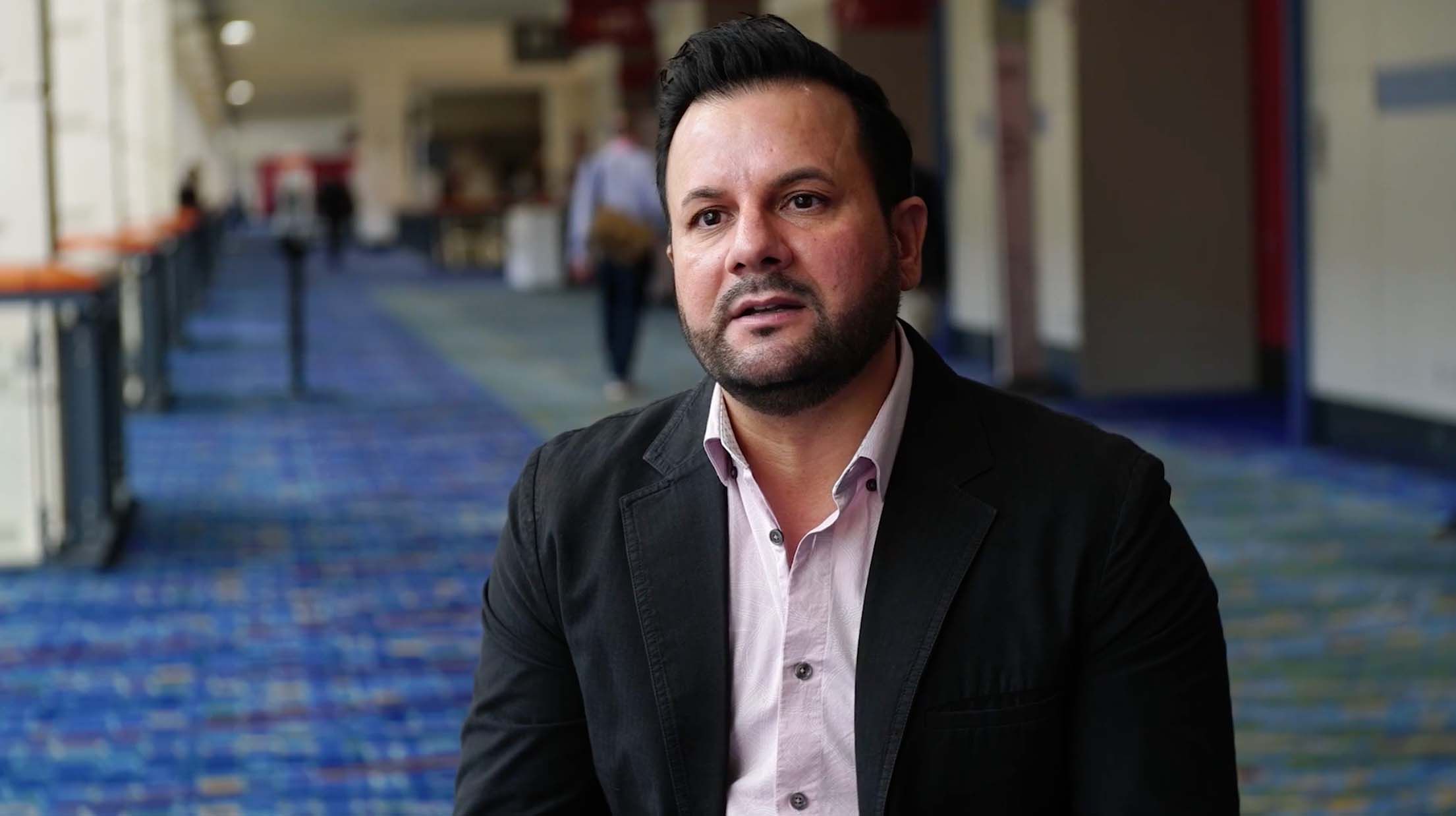過去数年間、企業であれスマートフォンであれ、私たちが目の当たりにしてきたテクノロジーの変化は、データセンターの変貌によってもたらされたものであることは間違いないでしょう。データセンターは、私たちのデジタル世界を動かす目に見えないエンジンの役割を果たしています。
Nutanix のクラウド・オペレーション担当シニア・ディレクターである Harmail Chatha 氏は、「デジタルのあらゆることは、データセンターと関係がある」と The Forecast の動画の中で語っています。
「技術的なものはすべて、ホスティングされているデータの管理場所に集められ、そこからサービスが提供されています」
彼は大きな課題として電力消費を指摘します。データセンターには、膨大な数の計算ワークロードを処理する高密度のサーバーラックが並んでおり、大量の電力を必要としています。
「昔は、 42 台の小さなラックで、 1 ラックあたり 3 〜 4 キロワットの電力を使用していました」と同氏は言います。
Chatha 氏は、Nutanix の IT オペレーションが現在どのように行われているかを説明しました。
「当社では 1 ラックあたり 17.3 ~ 34 キロワットになっています」と同氏は語っています。「ラックは非常に高密度になり、特にハイパーコンバージド・インフラでは、ストレージ、ネットワーキング、コンピューターをひとつのサーバーに統合できるため、より多くの計算能力を提供できるようになりました」
もうひとつの変化は、より高い効率性と柔軟性をもたらすソフトウェア定義ネットワーキングへの移行です。
「インフラには 3 年から 5 年のライフサイクルがありますが、当社のソフトウェアによって、ライフサイクルをより長くすることができるようになりました」と同氏は話しています。
データセンターがソフトウェア中心になるにつれ、その管理も進化しています。 Chatha 氏によると、多くのデータセンターはリモート管理機能で「電力を停止」できるようになっているといいます。パンデミックの最中でも、堅牢なアーキテクチャと効果的なパートナーシップのおかげで、データセンターはシームレスに拡張されました。
トランスクリプト:
Ken Kaplan: What does the data center signify to you? What's the role?
Harmail Chatha: So whether people know it or not, data centers are a very crucial part of everyone's daily lives, right? All the applications that we have on our mobile phones and our desktops, all the websites that we visit come from a data center. A public cloud is actually a large scale data center in itself as well. So anything that's tech related goes back to a data house where it's hosted and hence the services are provided.
Ken Kaplan: Everything we do from health to going to the grocery store increasingly touches the data center.
Harmail Chatha: Absolutely. Health for sure. All the images, all the applications that are used within the hospitals as well. The POS systems and restaurants and grocery stores for sure. Airline industry, when you're booking your tickets online, that's all being served by a data center. So really just about anything digital has something to do with the data center.
Ken Kaplan: Part of building the data centers that you've helped build: a critical part is the hardware that needs to go in and the power consumption that needs to run it. How is that changing?
Harmail Chatha: So I've been in the data center industry since 2005. Back in the day it was small, 42 U racks, maybe three to four kilowatts per rack of power utilization. Maybe you half fill those racks and you had multiple power coming into the rack from a redundancy perspective. But to the point we're at now, we're pushing multi kilowatts into a rack. Specifically at Nutanix, we're between 17.3 to 34 kilowatts per rack. Racks have gone very high density in the sense that we're able to deploy a lot more compute, especially with hyperconverged infrastructure where you're able to consolidate storage, networking, and compute into a single server. You're able to really impact and pack these racks up with compute, which ultimately requires a lot of power and therefore requires a lot of cooling from the data center provider as well. So we call it a hyperdense rack design.
Ken Kaplan: You're talking a lot about hardware, but software's playing a key role here, just capabilities you're being able to take on because of the advancements in software.
Harmail Chatha: Yeah, so software obviously is a huge part of it. One, starting at the lower tier infrastructure consolidation is a first step in the right direction, but ultimately it comes down to the software. Our data centers are software defined from a networking perspective. It's all white box switches and we control the entire network through software itself. Our infrastructure is all controlled through clusters that are provisioned through AOS, AHV and Prism Central. And what that's leading us to is infrastructure has a three to five year lifecycle, but we're actually pushing that lifecycle longer now through our software. Because the software is getting more efficient, it's better able to utilize the underlying hardware, therefore we're able to use that hardware on a five to seven, eight year cycle in itself. So software really is becoming the core. Infrastructure is agnostic at the lower tier and software is dictating the lifecycle.
Ken Kaplan: How did you connect with your data center most recently to check on it and see how it's doing?
Harmail Chatha: Yeah, so our data centers are lights out data centers for the most part. Our bigger data centers, we do have some folks in them, but because they're so software defined, we don't have to go to the data center every day. The ones that are lights out through hardware and making sure we have enough redundancy. Then the software being able to manage the VMs. If we do have a hardware failure, there's really no need for us to go to the data center. And because we got a blueprint for scaling out our data center when we are at a capacity that's really simple for us to expand. Example would be during the pandemic, we expanded one of our data centers by two megawatts during the pandemic. And that's no easy feat, right? That's a lot of physical build out. But because I've got such a great team, we got such amazing architecture that was ahead of its time, we're able to leverage that in addition to the partnerships that we built as well. So there really isn't a need for me to go to the data center anymore. I think ever since the pandemic started, I've probably been once and that was more to check in on the team, make sure they're doing good in our larger data center. But the remote ones I haven't been to in several years.
Ken Kaplan: Now, how about virtually? Are you checking it two or three times a day? Are you looking at through your laptop on your phone? What is that part like?
Harmail Chatha: So virtually, we've got a lot of alerts set up for the data center as well. So if something does go wrong, a power PDU goes out, cooling is inefficient, we've got systems in place where we get alerts that's at the infrastructure tier from a data center perspective. But for our infrastructure of Nutanix and the cluster that we manage, they're all software defined as well. We get alerts through Prism Central. We're able to act on those alerts remotely. Even if there's a failure of a hard drive or a power supply, we're able to call some people in and just get that fixed. But the data center interaction is really mostly at the software level now and not at the physical level.
Jason Lopez 氏は、The Forecast のポッドキャストである Tech Barometer のエグゼクティブ・プロデューサーであり、Connected Social Media の創設者でもあります。 以前は PodTech のエグゼクティブ・プロデューサー、NPRのレポーターを務めていました。
この記事は Ken Kaplan 氏が寄稿しました。
© 2024 Nutanix, Inc. 無断複写・転載を禁じます。その他の法的情報については、こちらをご覧ください。






